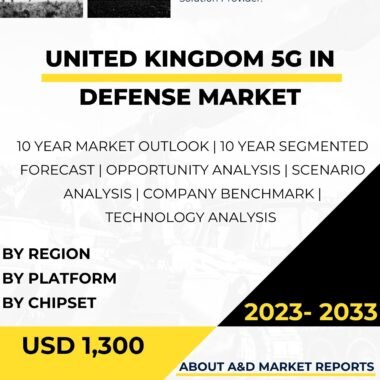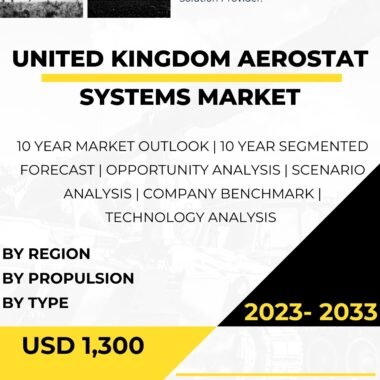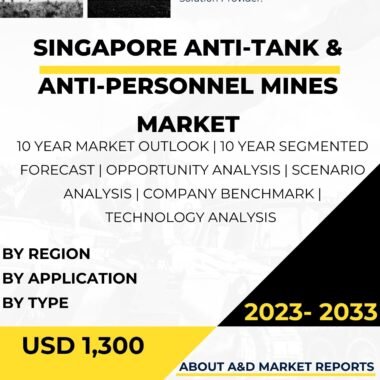Description
The United Kingdom’s involvement in the anti-tank and anti-personnel mines market has been significant, with a historical legacy that dates back to the development of these munitions during World War II. These types of mines have played crucial roles in military strategies, providing both offensive and defensive capabilities. This essay provides an overview of the UK’s anti-tank and anti-personnel mines market, including their historical significance, key players, technological advancements, policy considerations, international collaborations, and future prospects.
The historical significance of the UK’s anti-tank and anti-personnel mines market can be traced back to the development of these weapons during World War II. During the war, the UK, along with other Allied powers, recognized the need for munitions capable of stopping armored vehicles and countering enemy infantry. The UK’s contribution to mine technology has since evolved, focusing on enhancing the effectiveness, safety, and versatility of these munitions.
Key players in the UK’s anti-tank and anti-personnel mines market include both government entities and private defense companies. The Ministry of Defence (MoD) and specialized manufacturers have been at the forefront of research, development, and production of these munitions. Their efforts have led to the creation of innovative mines with improved features and reduced collateral damage risks.
Technological advancements have been crucial to the evolution of anti-tank and anti-personnel mines in the UK. Innovations in materials, detonation mechanisms, and self-destruct features have increased the reliability and safety of these munitions. Additionally, the integration of advanced sensors and targeting systems has improved the accuracy and precision of anti-tank mines, making them more effective against modern armored vehicles.
Policy considerations have played a significant role in shaping the UK’s approach to the use of anti-tank and anti-personnel mines. The UK is a signatory to the Ottawa Treaty, which bans the use, production, stockpiling, and transfer of anti-personnel mines. While the treaty does not prohibit the use of anti-tank mines, the UK adheres to stringent policies and operational guidelines to minimize the risk of civilian harm and collateral damage during the deployment of these munitions.
International collaborations have been important in the development and regulation of anti-tank and anti-personnel mines. The UK participates in forums and agreements aimed at addressing the humanitarian consequences of landmines. Collaboration with other countries helps to share best practices, exchange knowledge, and develop common standards to mitigate the risks associated with these munitions.
Looking ahead, the future prospects of the UK’s anti-tank and anti-personnel mines market are influenced by several factors. The ongoing evolution of military technology, including armored vehicles and countermeasures, requires continuous research and development to ensure the effectiveness of these munitions on the battlefield.
Moreover, the focus on humanitarian considerations and civilian protection presents challenges and opportunities for the UK’s mine policy and development. Innovations in mine-clearance technologies and humanitarian demining efforts can lead to safer and more effective clearance operations, reducing the long-term impact of these munitions on affected communities.
Furthermore, international efforts towards disarmament, arms control, and humanitarian mine action will continue to shape the UK’s approach to anti-tank and anti-personnel mines. Engaging in diplomatic discussions and contributing to international initiatives will be essential in addressing the humanitarian and security concerns associated with these munitions.
In conclusion, the United Kingdom’s involvement in the anti-tank and anti-personnel mines market has been significant, with a historical legacy that dates back to World War II. Key players, technological advancements, policy considerations, international collaborations, and future prospects all contribute to the market’s significance and development. As the UK continues to balance military capabilities with humanitarian considerations, research and development efforts will be crucial in ensuring the effectiveness and safety of these munitions on the modern battlefield. Additionally, engagement in international efforts will help address the humanitarian impact of mines and contribute to global disarmament and security objectives.




